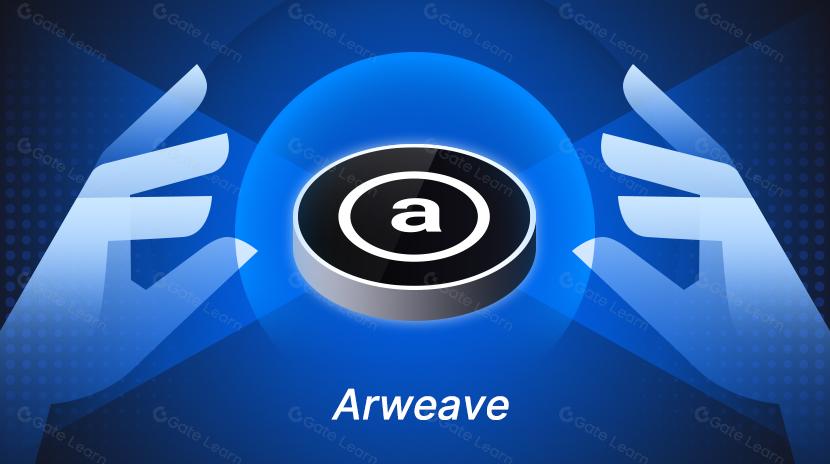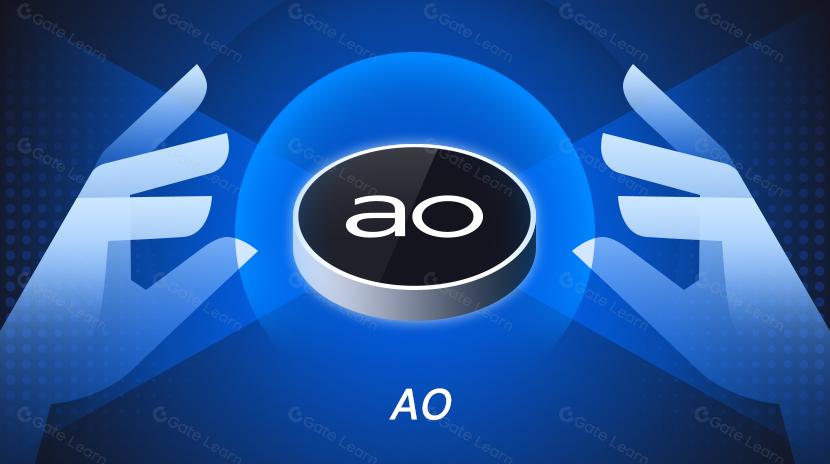Multiexperience

Multiexperience refers to the creation of immersive, seamless, and coherent experiences for users by combining various digital interfaces, technologies, and interaction modes. In the blockchain and cryptocurrency domain, multiexperience has become a key strategy for enhancing user engagement and simplifying the use of complex technology. As distributed ledger technology becomes increasingly mainstream, creating intuitive and accessible interfaces is crucial for driving mass adoption.
Multiexperience works by leveraging multiple interaction modalities—such as touch, voice, vision, and augmented reality—enabling users to engage with crypto applications in ways that best suit their needs and context. For example, a cryptocurrency wallet might offer simultaneous mobile app, desktop interface, browser extension, and hardware device experiences, all seamlessly synchronized and maintaining consistent security standards. This multi-device, multi-sensory approach makes the complexity of blockchain technology transparent to average users while maintaining its core functionality and security features.
Key features of multiexperience solutions include channel integration, consistency, and adaptability. For channel integration, top cryptocurrency exchanges and DeFi platforms typically offer coherent experiences across multiple devices and interfaces, ensuring users can access the same functionality and data from any entry point. Consistency ensures that security standards, brand identity, and user flows remain unchanged regardless of the device or interface used, which is crucial for building trust in blockchain applications. Adaptability allows interfaces to automatically adjust based on user expertise, location, and goals, providing simplified views for crypto novices while offering advanced features for experienced traders.
Looking to the future, multiexperience will become increasingly important in the cryptocurrency ecosystem. With the development of metaverse concepts, blockchain applications are exploring how to integrate virtual reality, augmented reality, and mixed reality experiences to create entirely new modes of digital asset ownership and interaction. Additionally, decentralized identity solutions are being incorporated into multiexperience frameworks, allowing users to move seamlessly between platforms while maintaining the security of their crypto identities and assets. Voice control and conversational AI interfaces are also emerging as features in crypto wallets and trading platforms, enabling users to manage their digital assets through natural language commands.
Multiexperience is significant for the mainstream adoption of blockchain technology as it successfully lowers the barriers to entry, enabling non-technical users to participate in the crypto economy. By providing intuitive, coherent, and contextually relevant interfaces, multiexperience solutions help address one of the major obstacles to blockchain adoption—user-friendliness. In a technologically sophisticated blockchain space, multiexperience design is becoming a key differentiator for crypto projects, with those offering the most fluid, secure, and engaging user journeys often standing out in the market.
Share
Related Articles

Blockchain Profitability & Issuance - Does It Matter?

Arweave: Capturing Market Opportunity with AO Computer
